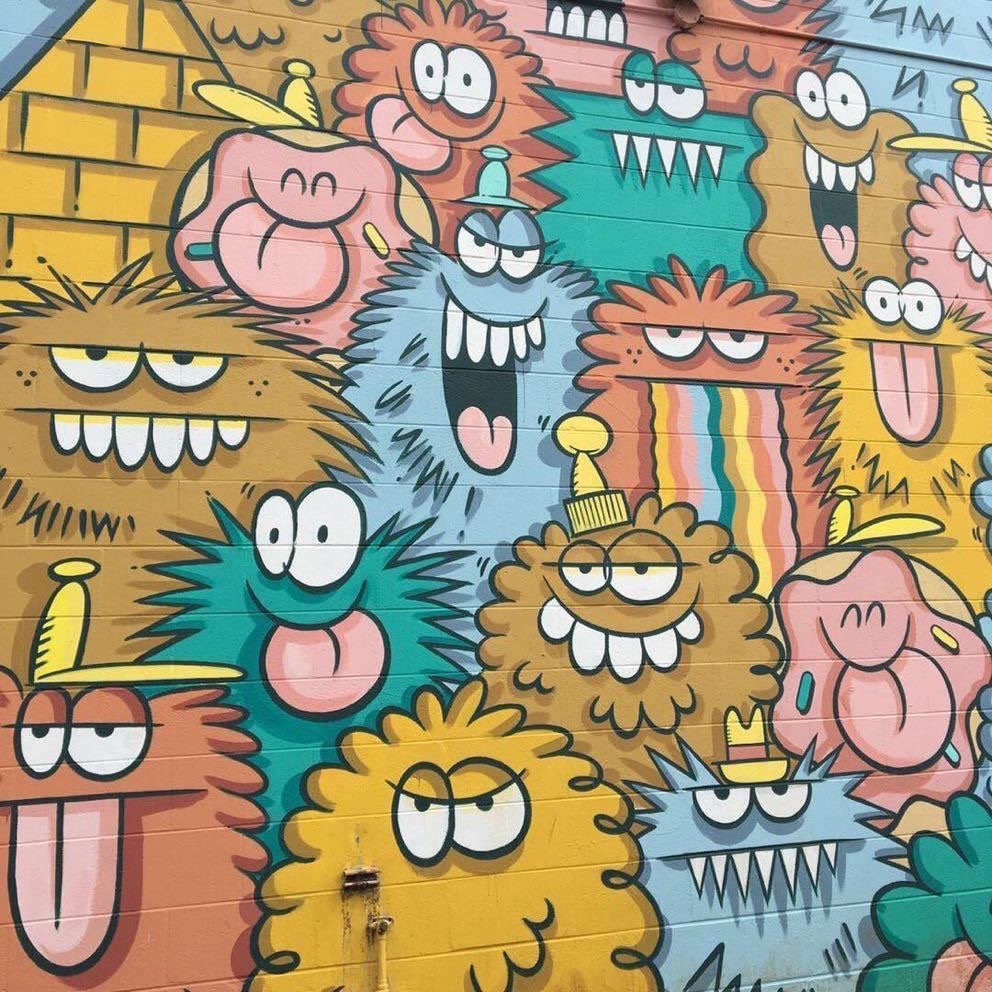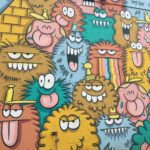Deep Analysis of “Chi: About the Movement of the Earth” Episode 10
The anime Chi: Chikyuu no Undou ni Tsuite (“Chi: On the Movements of the Earth”) is a thought-provoking series that delves into the struggle between science and dogma. Set in a fictionalized version of 15th–16th century Europe, it explores the lives of those who pursue truth—even if it means risking their lives. Based on the manga by Uoto, the anime has gained popularity for its serious tone, intellectual themes, and compelling characters. In this article, I will dive into Episode 10 specifically—an episode full of significant developments, symbolism, and deep philosophical questions. Spoilers ahead, so if you haven’t watched the episode yet, please proceed with caution.
📘 About Chi: Chikyuu no Undou ni Tsuite
Chi: Chikyuu no Undou ni Tsuite (Chi: On the Movements of the Earth) is a manga series written and illustrated by Uoto. It tells the story of individuals in a medieval-like world who seek to uncover the truth about the Earth’s movement—what we now know as the heliocentric theory. However, doing so means confronting the Church, which views such theories as heresy.
The anime adaptation faithfully captures the original manga’s atmosphere: grim, introspective, and filled with tension. Unlike many other anime series, Chi focuses on intellectual conflict and personal sacrifice rather than action or fantasy. It explores how ideas are passed on from one generation to another—through notes, mentorship, and symbols—amid an oppressive, theocratic society.
🔍 Episode 10 Summary
Episode 10 marks a major turning point in the story. Baddeni, a devout cleric who has come to believe in the heliocentric model, fully commits himself to scientific research. However, he understands the danger of his pursuit. Being watched constantly in the church, he decides to conduct his studies in Oczy’s barn, instructing Oczy not to enter while the research is ongoing. To ensure secrecy and safety, he asks Oczy to dig two underground tunnels: one connecting the barn to the church, and another for emergency escape.
Meanwhile, Oczy continues learning to read and write under Yorenta’s guidance and begins recording their story as a book. He also uses the bread Baddeni gives him to feed homeless people. When he asks for more bread in exchange for the tunnel work, Baddeni initially refuses. But upon reading a portion of the story Oczy is writing, Baddeni has a change of heart. He meets the homeless man Oczy has been helping and strikes a mysterious deal, ultimately agreeing to increase Oczy’s bread ration.
Amid their secretive lifestyle, they receive news that Lord Piast has passed away. The atmosphere grows heavier. Frustrated by the slow pace of research, Baddeni finds inspiration in an unexpected place: a pendant depicting the heavens that once belonged to Rafau, now in Oczy’s possession. He notices that the pendant, hanging on two nails, hints at an elliptical orbit rather than a perfect circle. This epiphany accelerates his research dramatically, culminating in the successful formulation of the heliocentric model.
The focus then shifts to a new character: Father Krabowski, a fellow cleric. Struggling to explain the colors of a rainbow to a curious child, he approaches Baddeni for guidance. He also confesses his desire to read the forbidden works of thinkers like Lucretius. When Baddeni coldly refuses to share knowledge, Krabowski feels frustrated but reminds himself of the humility and patience taught by the Church. Later, upon hearing about Baddeni’s past duel—sparked by betrayal from a fellow scholar—Krabowski feels sympathy and begins to see Baddeni in a new light. He attempts to visit the library, only to find it closed, but stumbles upon a book outside—a potentially symbolic moment.
In the final scene, a new generation of inquisitors is formally appointed. A high priest emphasizes the importance of their duty, tracing the legacy of the Church from the fall of the Western Roman Empire to its current role as protector of order. Among the mentors of the new inquisitors is none other than Novak—the man who once captured Rafau and Yorenta’s father. The emergence of these new inquisitors marks a looming threat for Baddeni and Oczy.
🧠 Deep Analysis and Symbolism
Episode 10 is rich with layered symbolism and thematic depth. Here are some of the key elements:
🔄 Passing the Torch
Oczy learning to read and writing down their journey serves as a powerful metaphor for the preservation of knowledge. This mirrors earlier episodes where forbidden knowledge was passed down in secret. The idea that “truth” lives on through stories and writing ties directly into the overarching theme of Chi.
🕳️ The Underground Tunnels
The tunnels Baddeni asks Oczy to dig aren’t just practical escape routes—they symbolize the hidden path of knowledge beneath the surface of dogma. Just as the Earth was once believed to be the center of the universe, reality often lies below what is visible or officially sanctioned.
🪙 Bread and Exchange
The bread Baddeni gives Oczy may seem like a simple form of charity, but in this episode, it becomes symbolic of the barter between intellect and survival. Oczy trades labor for knowledge—and through his writing, inspires Baddeni to be more compassionate. Even the homeless man becomes part of this web of knowledge and resistance.
✨ The Pendant and the Epiphany
The pendant moment is especially profound. Hanging on two nails, it sways slightly—not perfectly circular, not static. This is the clue that leads Baddeni to consider elliptical orbits, echoing real-world history (Kepler’s laws). The moment shows how inspiration can come from unexpected places—and how even a child’s trinket can become the key to scientific discovery.
📖 Krabowski’s Inner Conflict
Krabowski represents those within the Church who are curious, but afraid. His desire to read Lucretius shows the pull of forbidden knowledge. His failed attempt to borrow a book—and later finding one unexpectedly—suggests that knowledge finds those who are ready for it. He is poised to become an important character, possibly even a sympathizer.
👥 The Rise of the Inquisitors
The final scene introduces a chilling reminder of the stakes. The Church may have protectors of truth, but it also has its enforcers. Novak’s return is ominous, especially given his past actions. As new inquisitors rise, so does the threat to Baddeni’s life and legacy.
🧩 Foreshadowing and Future Themes
- Krabowski’s arc: His inner conflict sets the stage for a possible betrayal—or redemption. Will he side with truth or stay loyal to the Church?
- Novak’s reappearance: As a mentor to inquisitors, Novak’s influence could lead to increased surveillance and persecution. His role hints at future clashes with Baddeni or Oczy.
- The Book Oczy Writes: This could become the next vessel for spreading the heliocentric theory. It may be read by someone in the future—echoing the manga’s core structure of “knowledge being inherited.”
- The loss of Lord Piast: His death might destabilize the balance of power in the region, affecting the Church’s political landscape.
📝 Final Thoughts
Episode 10 of Chi: Chikyuu no Undou ni Tsuite is not just a turning point in the plot—it’s a philosophical deep dive into the cost of truth. Through Baddeni’s struggle, Oczy’s quiet growth, and Krabowski’s turmoil, we’re reminded that knowledge comes with a price. But perhaps, that price is worth paying—if it leads to even a glimmer of understanding.
If you’re planning to watch the rest of the series, Episode 10 sets the stage for an intense and emotional continuation. The stakes have never been higher, and the shadows of the Inquisition grow darker. For fans of intellectual drama and historical allegory, Chi continues to deliver in powerful, poetic ways.


